Americans love to celebrate, occasionally musing about other cultures, but we are fairly lackadaisical about digging deeper for a true historical perspective on most matters. Let’s take Cinco de Mayo for example. I imagine that if you asked the average person what Cinco de Mayo actually celebrates, they might say, “Oh, it’s something about Mexican independence, so everyone drinks margaritas and listens to Mariachis.”
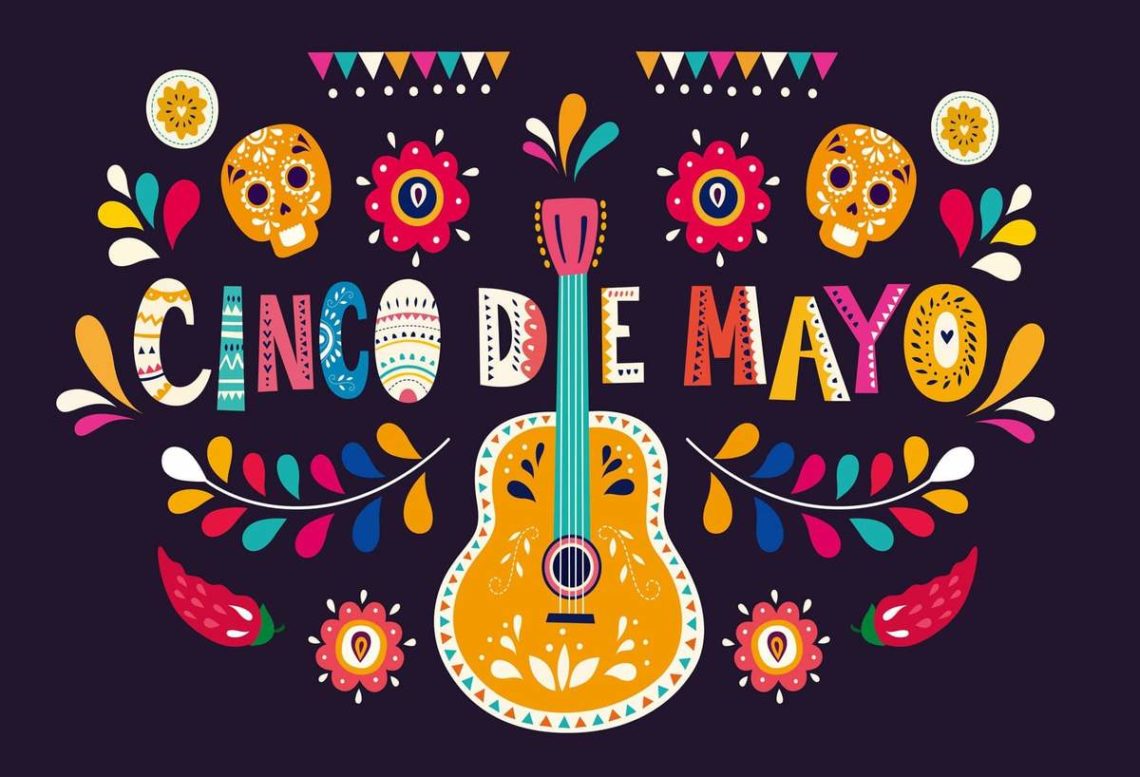
Well, as fun as it is to drink margaritas and listen to the jubilant “gritas” (cries) of a good Mariachi, you should probably know that you are actually getting drunk to celebrate one victorious battle found against the French army in the Mexican state of Puebla in 1862. Not to be a pedantic prig, but Mexican independence is September 16, 1810, and celebrates colonial freedom from Spain!
How did the French army find it’s way to Mexico in 1862?

Mexico was a fairly new Republic. The 26th President, Benito Juárez, grew up poor, and from Zapotec Indian heritage. He was the first mestizo to take the office of President. He was a Liberal “Republican” and believed in separation of church and state, and freedom of religion. He had been fighting a “reform war” against the Conservatives, who favored a tight relationship with the Catholic Church and the Mexican state. These conflicts almost bankrupted the nation. On July 17, 1861, President Juárez issued a moratorium on all foreign dept for two years, in short – “We ain’t paying!”
In response to the default on monies owed, England, France, and Spain sent naval forces to Veracruz, Mexico. Napoleon III of France sent troops, with the intention of colonizing Mexico. The United States, having just entered in a civil war in April 1861, couldn’t assist Mexico.
The Battle of Puebla
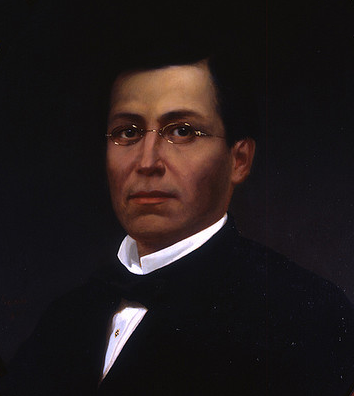
After losing the early fights against the French, a little known Mexican Republican General, Ignacio Zaragoza, originally from Goliad, Texas and a former seminary student, led the first real victory battle against the French on 5 May 1862 in Puebla. His defeat pushed the French troops back to the Gulf Coast for one year.

President Juárez declared this a day of national celebration, “Cinco de Mayo.”
Enter Emperor Maximilian I
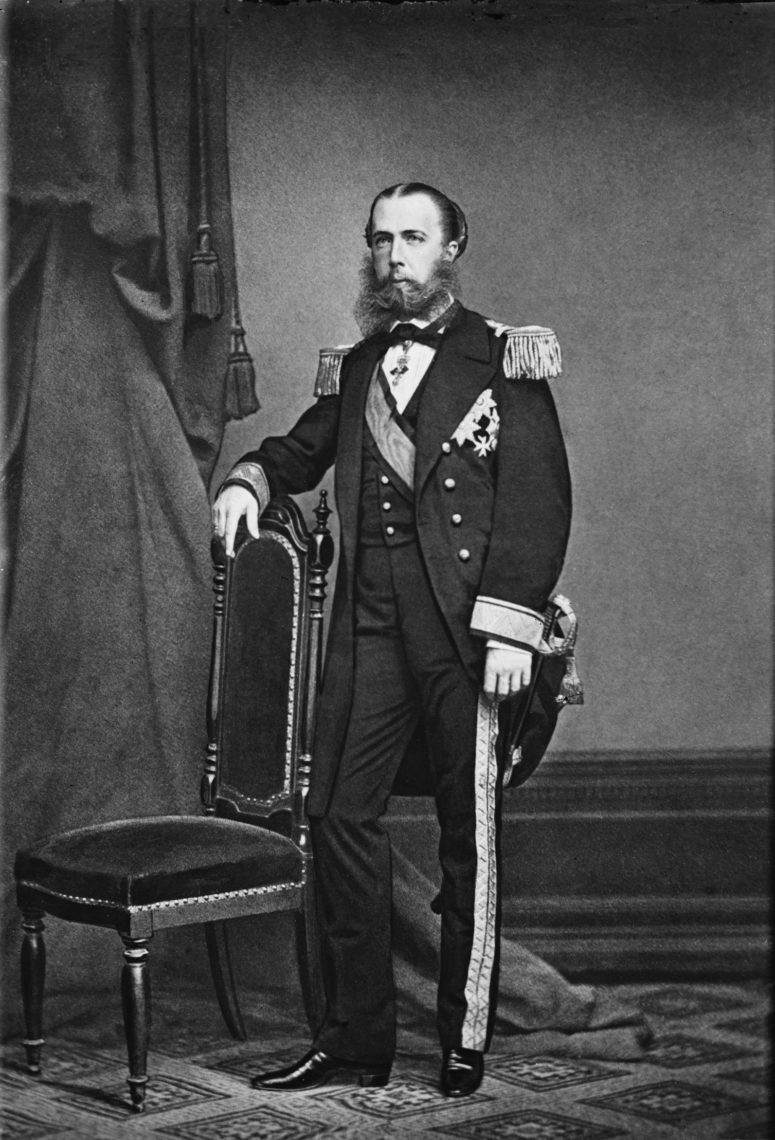
In 1863, a year after the defeat in Puebla, Napoleon III arranged for a Hapsburg prince from Vienna to go to Mexico and become “Emperor.” His name was Maximilian I. He could not have been more opposite than the Mexican President Benito Juárez. His father was Francis II, Holy Roman Emperor, from the powerful Habsburg-Lorraine dynasty. He grew up in Rococo splendor in a 1,441-room palace in Vienna. He was classically educated and served with distinction in the Navy. He was considered liberal for someone of his rank at the time.
He had been approached earlier in 1859 by Mexican nobility, led by José Pablo Martínez del Río, who proposed that he come to Mexico and serve as Emperor. Historically, the Habsburgs had ruled the Spanish Vice-Royalty in the New World, until the Bourbon Dynasty inherited Spain. He declined the initial offer, and it was Napoleon III who convinced him to accept the role as Emperor.
When he arrived to Veracruz, Mexico with 30,000 French troops, he was not well received. The Liberal forces and President Juárez refused to recognize his rule, and President Juárez and his government went into exile initially in El Paso, Texas.
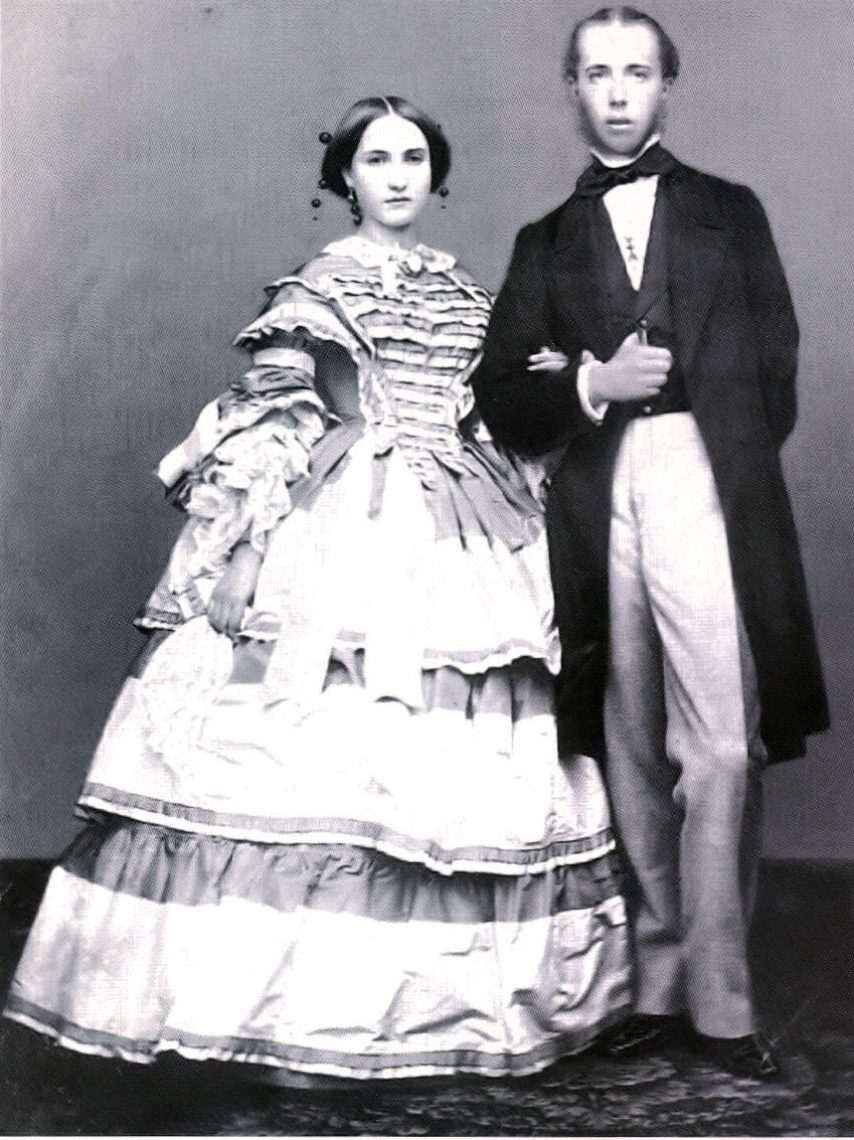
Maximilian selected Mexico City to be the seat of his power, and brought along his wife Carlota, a Belgium Princess, who’s father was King Leopold I. The two moved into the Chapultepec Castle on a hillside and had a large boulevard constructed to join the Imperial residence to the city center. He brought in European architects, garden designers, and imported fine furnishings to make his new residence befitting his title as Emperor. He tried to implement certain liberal social changes, but was unsuccessful of unifying the divided factions. His rule lasted a brief three years: from 1864-1867.

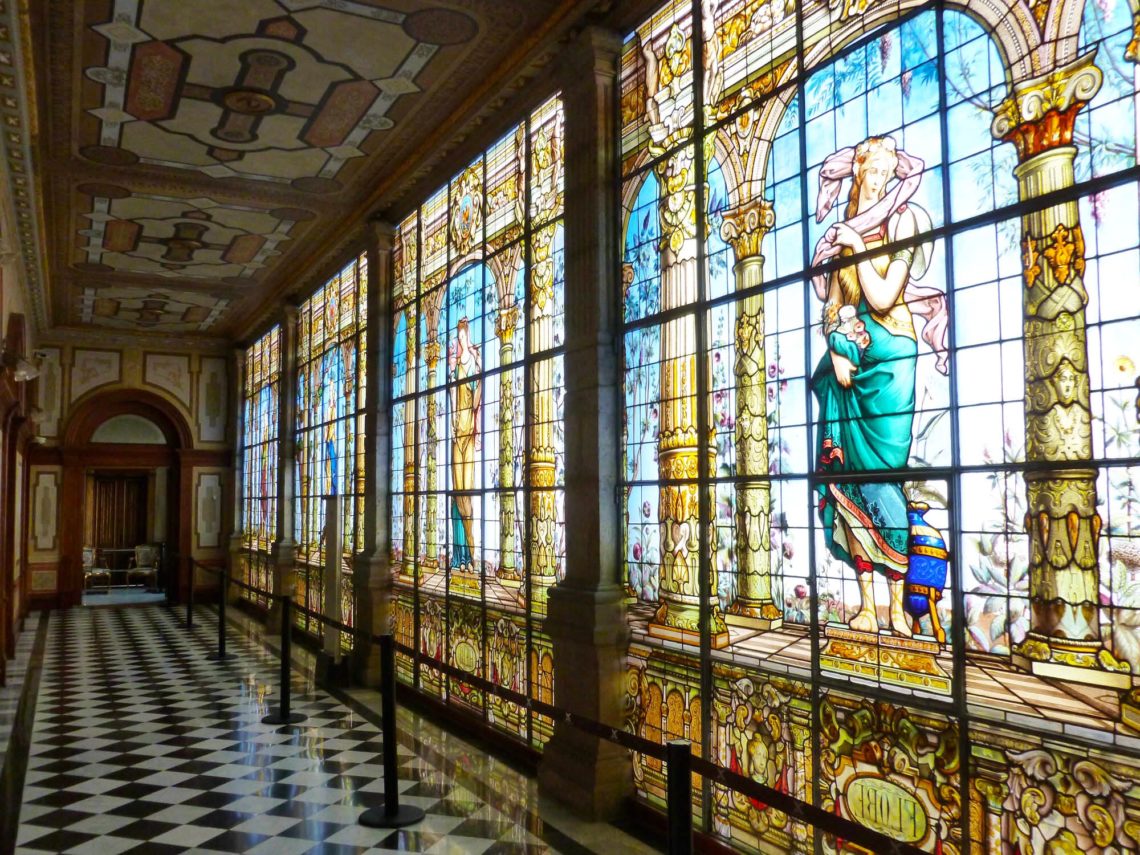
Interior detail
The End of French occupation
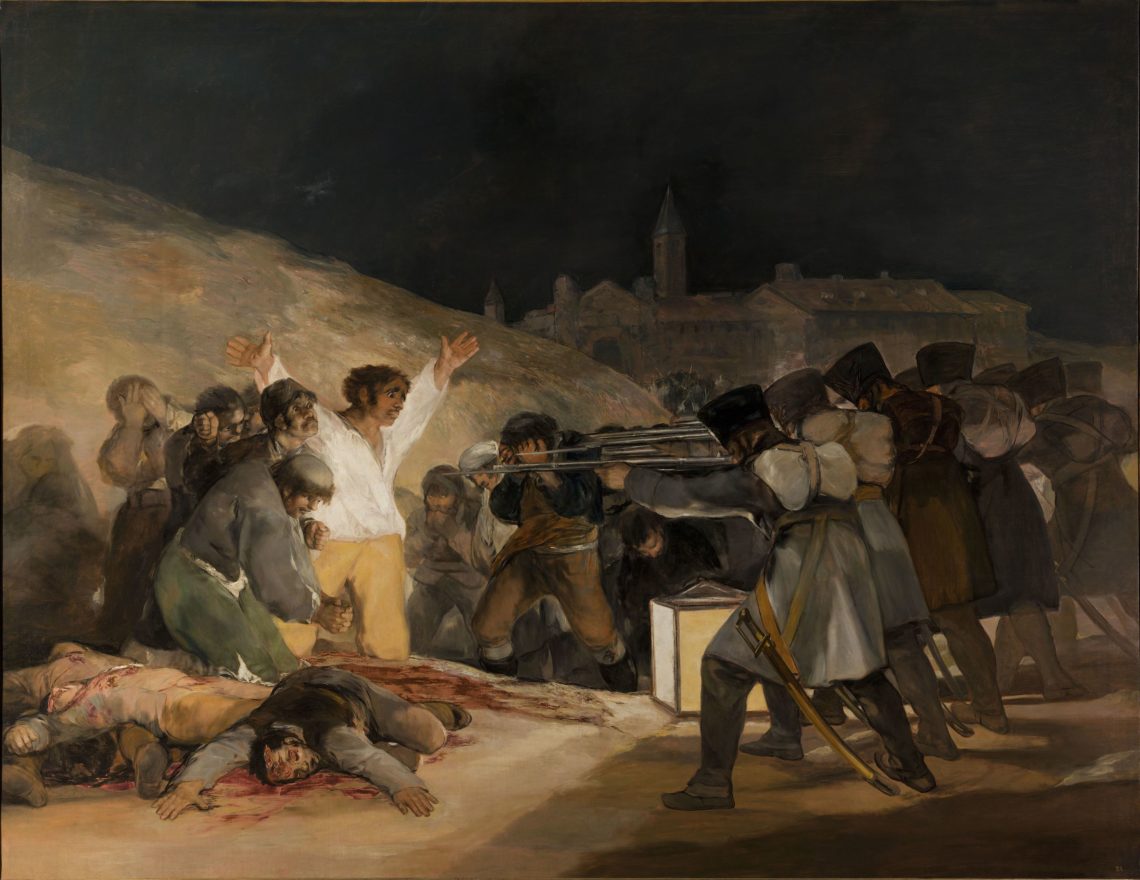
Napoleon III, now aware of the United States ability to intervene, with the Civil war over, and a threat of war with Prussia, he began to withdraw troops. In 1867, Benito Juárez sentenced Maximilian to a firing squad in Cerro de las Campanas, Querétaro, Mexico. Mexican generals Miguel Miramón and Tomás Mejía Camacho accompanied him.
It was said that Maximilian’s final words were, “Viva Mexico!”
So next time you celebrate on Cinco de Mayo, make sure you hold a special place in your heart, and lift a glass in honor, for all those who died to preserve those margaritas, and the great food we all love to enjoy.
To quote Max, “Viva Mexico!”